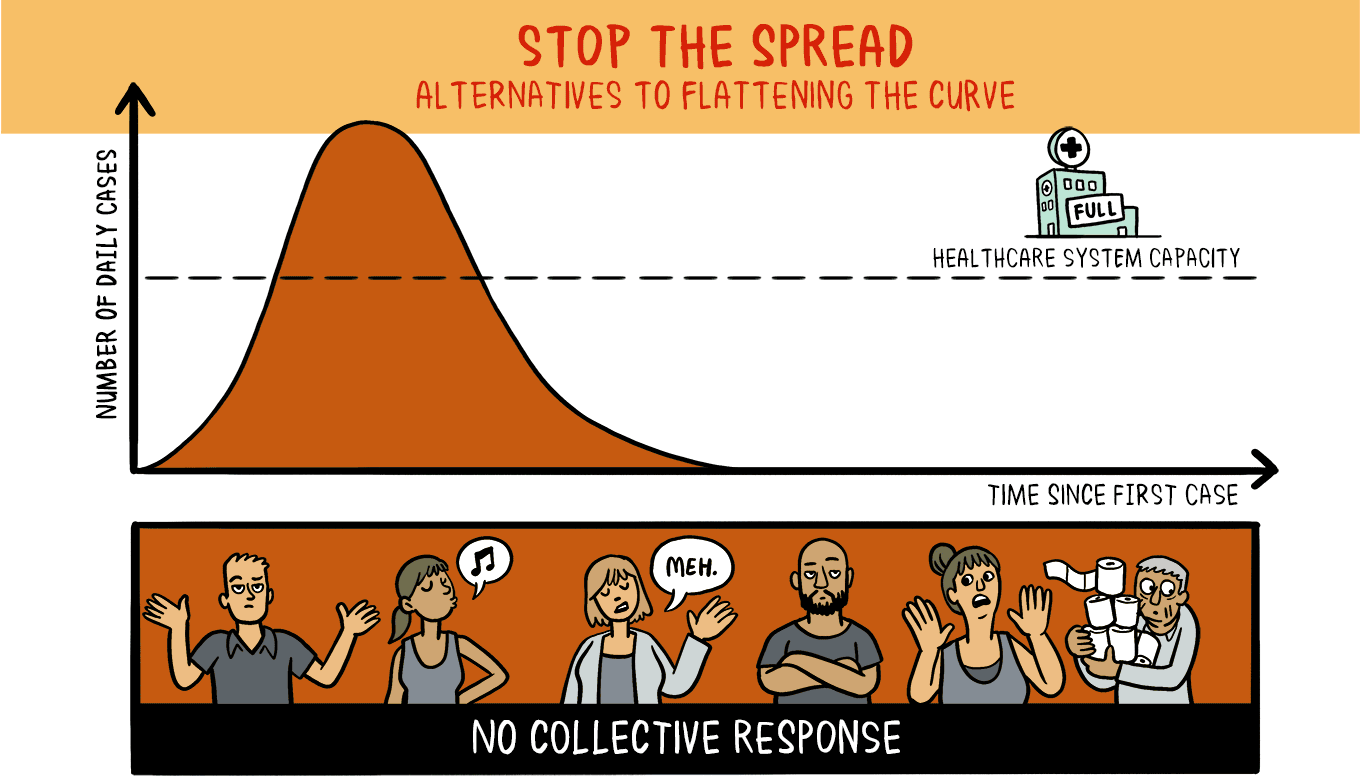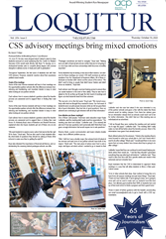Editor’s note: The origins of the new coronavirus are still being updated. This New York Times story shows earlier appearances than noted in the Loquitur story.
One of the most common types of natural disasters that can totally reshape the global map is pandemics. Among these pandemics in the recent past have been the Spanish Flu and currently, COVID-19 is reshaping how the world reacts and what it will look like after the dust settles.
The origins of the Spanish Flu generally are unknown, some think it came from China, others believe that it came from the British soldiers and still, there are those who believe that it came from a strain first observed in Kansas.

The virus found its way to spread through the trenches of the First World War and the massive movement of people as the United States shipped men and material in order to finish the fight and end the war in the Spring of 1918.

According to the Center for Disease Control, the outbreak lasted for around six-months which infected one-third of the world’s population, killing 675,000 people in the United States and around 50 million people worldwide. No one still knows why the Spanish Flu was so deadly, even after a century of research or why it mainly targeted young and middle-aged people.
During this outbreak, there were similar precautions taken like today’s outbreak of COVID-19. In many towns and cities, places of public gatherings like churches, theaters, and card parlors were shut down and events like parades and fairs were canceled.
The city government of St. Louis canceled all parades, large public gatherings and practiced social distancing and did not spike past around 75 deaths per 100,000.
By the Fall of 1918, the Spanish Flu would taper off, taking much fewer victims and being much more localized. There would be a second, more lethal round in 1919-1920.
Upon further study, it would be discovered that the Spanish Flu was a strain of H1N1, more commonly known as Swine Flu. While there have been well-informed theories in how it first spread, it probably came over from Chinese laborers who came to aid the British in the construction of trenches and other forms of manual labor.
COVID-19 finds its origins in Wuhan, China. It was found to be naturally occurring and it was probably spread due to the open-air markets where there are no sanitary standards.
The first confirmed case would be in December of 2019 and it would spread throughout the Wuhan province and beyond.
The People’s Republic of China censored and arrested the doctors who were trying to raise awareness. The Chinese people have been bravely defying the Party and keeping these heroic doctors’ stories alive.
The first cases that were publicly known occurred in January. Allegedly, the Chinese government delayed their response due to the fear of lost revenue in the celebrations of the Chinese Lunar New Year which contributes greatly to their tourism industry.
By February, it had traveled outside of China and into the world as a whole. It seemed to be initially concentrated in small cases and where it was most notable was Italy.
In Italy, it was thought to be concentrated in the North. The civil authorities attempted to restrict movement and to prevent people from having the possibility of spreading or getting the virus.
Unfortunately, this did not occur and by the beginning of March, the entire country would be on lockdown with a ban on international travel.
Their European neighbors, France and Spain would react much more quickly as the virus spread to their borders. First by simply restricting movement and then by putting their respective countries on lockdown.
By the time COVID-19 would make its recognizable appearance in the United States in mid-March (Editor’s note: The origins of the new coronavirus are still being updated. This New York Times story shows appearances as early as Jan. 15). Most states would again initially restrict movement and then eventually they would enforce social-distancing practices and shut-down all non-essential services. However, international travel has only been restricted to incoming travelers coming from mainland China.
The epicenter of the pandemic in the United States is centered around New York City which has outstripped the entire country by having roughly a sixth of all cases in the country.
All of this has led to a great decline in the international economy. Panic and the inability for people to work who are non-essential, especially those who are part of the gig-economy who rely on the excess wealth spent by others.
The greatest differences from the Spanish Flu comes from the effect on the individual travel and the estimated length of the pandemic.
The Spanish Flu, while it was quite lethal, killing about two to three percent of the global population, did not discourage their citizens from being out and about, even with traveling. International travel was a common occurrence from millions coming and going from the frontlines of the first world war to the signing of the Treaty of Versailles to the mass migrations after the war.
Simply put, no one knew how long the Spanish Flu would last and so life was either altogether altered or simply stayed the same. This would be the catalyst for a wave of immigrants to the United States and other countries.


Today, there is almost an entire shutdown on all non-essential movement in the world. Nations are closing down their borders and even in some places, people’s houses, in an attempt to curb the spread of the virus. There is an effort to ease the healthcare system by prevention in taking precautions and not overloading the system.

It is estimated that this pandemic could last either into the summer or at the lengthiest, estimates into next year. This is partially because there are currently eight known strains of Covid-19 and it seems to be constantly mutating with nearly 1 million cases worldwide and the possibility of reinfection and no real way to cure it, only to prevent it.


